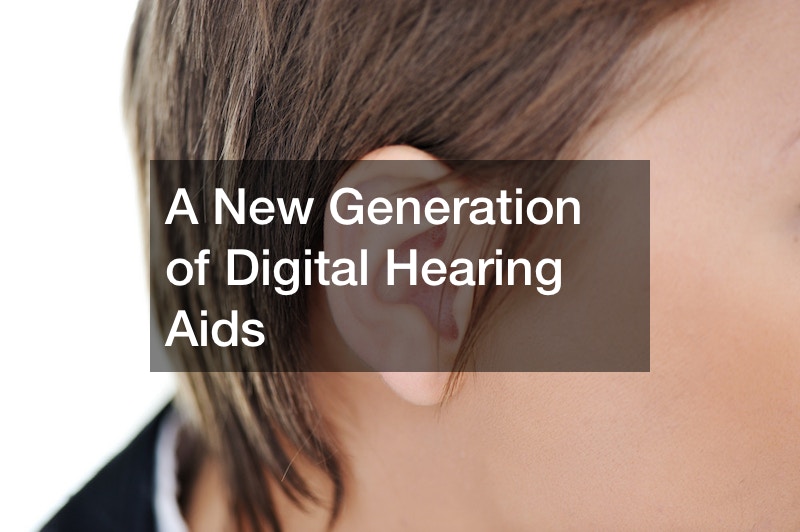

Nearly half of the women in the United States will get uterine fibroids at some point in their life. Knowing the symptoms of uterine cysts and help prevent them. Around 46% of women diagnosed with fibroids reported a “gushing” or “flooding” during their period. It is unclear why uterine fibroids cause bleeding, although any woman who experiences unregularly heavy periods should consult a gynecologist immediately to prevent complications.
Diagnosis
If you believe you are experiencing the symptoms of fibroid cysts, call a gynecologist immediately. A pelvic exam or ultrasound is used to diagnose the cysts depending on type. Subserosal fibroids are located underneath the outer layer of the uterus while intra mural fibroids are located within the uterine wall. These two fibroids account for 95% of all fibroids, the remaining 5% are submucous fibroids located directly in the uterine cavity. Factors that put you at an increased risk for fibroid cysts include obesity, early menstruation (before the age of 10), race, and having no biological children.
Treatment
Treatment options vary depending on the size and location of the cyst. Small ovarian cysts are commonly removed through a procedure called laparoscopy; where an incision is made above the patient’s navel to remove the cyst. Larger, potentially malignant cysts are removed with a laparotomy, a more serious procedure. In the most extreme of cases, the removal of the uterus, or hysterectomy, is used in treatment.
A new technique known as MR guided focused ultrasound targets the fibroid and heats it up to between 149-185° Fahrenheit, noninvasively offering treatment of uterine fibroids. Medicines including gonadotropin releasing hormone agonists (GnRHa) can help control the symptoms of fibroid cysts; common examples include Lupron, Synarel, Zoladex. An outpatient surgery called radiofrequency ablation (Acessa™) can treat patients quickly, allowing them to return to regular activities after 5 to 9 days.
Recovery
After the removal of uterine fibroids, many patients hope to return to their normal lives without the fear that fibroid cysts can return. Factors effecting recurrences vary depending on patient age, fibroid count, the size of the patient’s uterus before surgery, and the factor of childbirth. Unfortunately, uterine fibroid embolization (UFE) treatment method that cuts off the blood-flow to uterine fibroids has a 37% reintervention rate just 3 years after receiving treatment. Uterine fibroid surgery may be the best option for fibroid tumor treatment.
